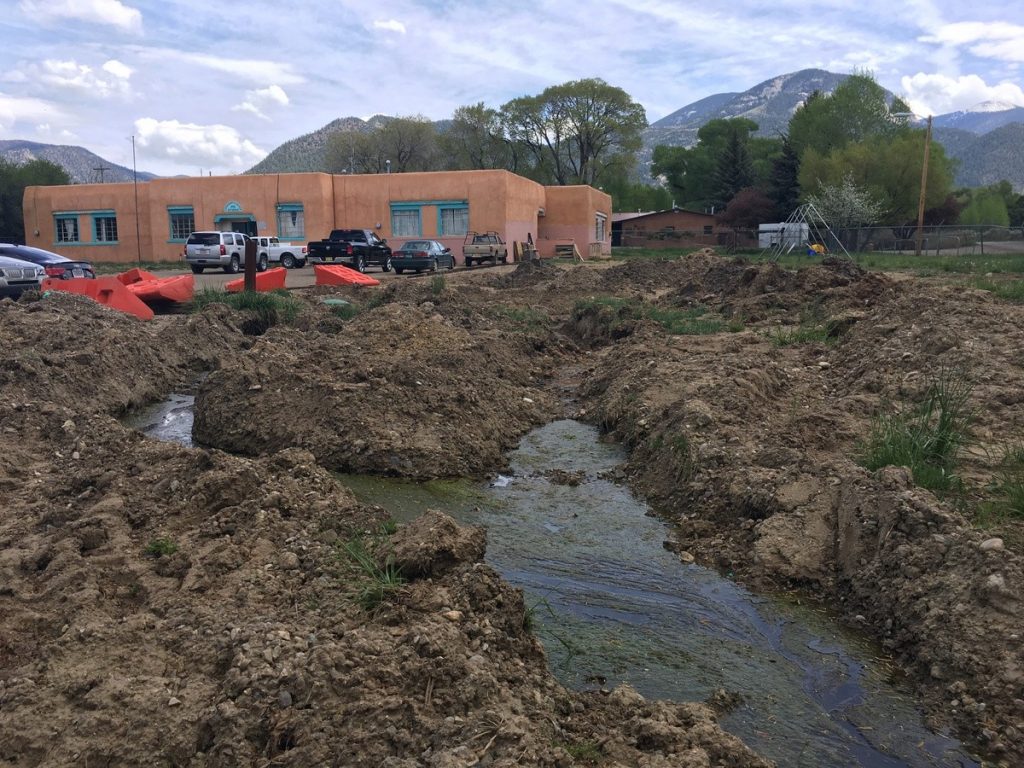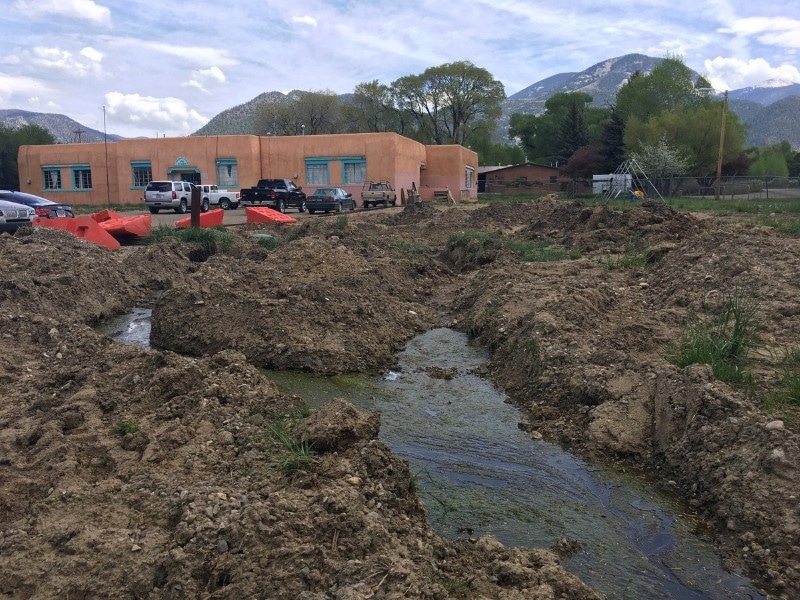
One common cause of a saturated field is that the area has experienced a severe amount of rainfall or snow melt in a short period of time. If this is the case, the simple solution to the problem is to simply reduce the amount of water that is being sent down the system for a couple of weeks and let the ground dry out on its own. It is imperative that after this condition you take the time to introduce bacteria to the system and compliment the treatment with some sort of aeration if possible. This will help to restore the natural balance of enzymes and bacteria in the soil which help to clean the waste water that is ejected to the field.
Another common cause of leach field saturation is the tank itself being over filled with water. This can occur due to a crack in the lid of the tank or the seal of the lid. This can allow rain water, water from irrigation systems, and other liquid into the tank which can, along with the water coming through the system normally, lead to the tank being overfilled. The simple solution here is to have the tank pumped out and rebalanced. This can be done by a professional septic service company in as little as an afternoon. They can also rebalance the leach field once it is dried out, which should take a couple of weeks. Just make sure again to reduce the amount of water that is being sent through the system regularly.
Lastly, years and years of sludge buildup within the leach lines themselves can contribute to slow drainage and back ups. Again, bacteria is the key here since once the system is at this stage, only replacement or remediation remains as a viable method to restoration.
These are a couple of things that can be done to help with the situation of having a saturated leach field. This is a serious problem, but not one which is impossible to deal with.
